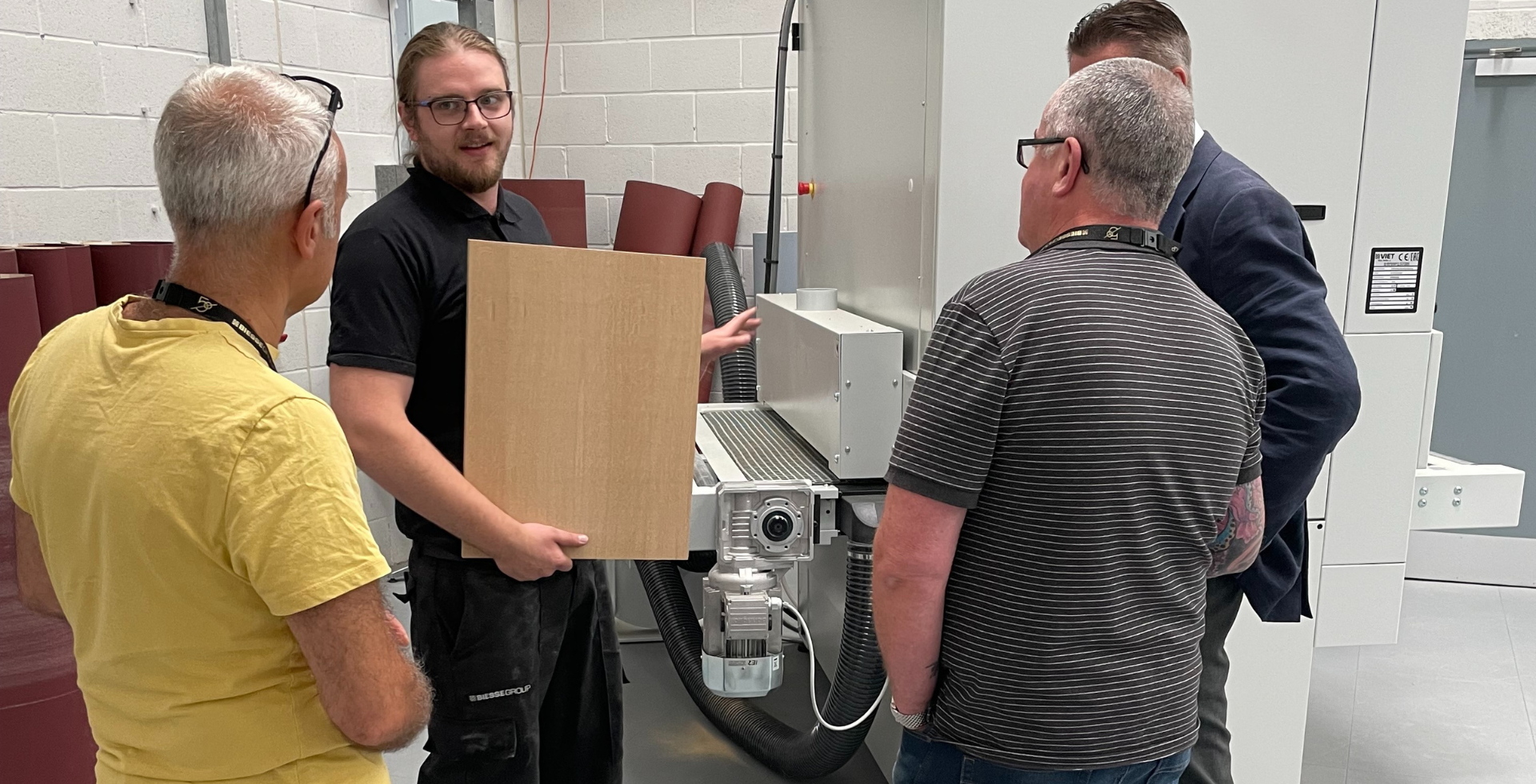3 Tips for Accurate Material Removal During Calibration
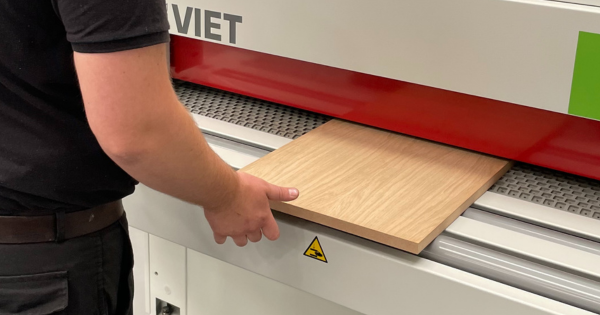
To provide assistance to manufacturers, Biesse’s experts share their knowledge and tips on how to solve some common issues facing today’s manufacturers. Below, Biesse UK's Brand Manager for the Viet Sanding Range, Lorenzo Ricciardi, shares 3 tips on how customers can achieve accurate material removal during calibration.
1. The Right Abrasive
It’s crucial to use the right abrasive. Problems can arise if you use too fine a grit and remove too much of the wood material as the abrasive spins around the roller. At the end of the process, you will see that your part is uneven. You might also notice a depression in the woodfibre, which impacts the way the stain or sealer absorbs and causes colour inconsistency.
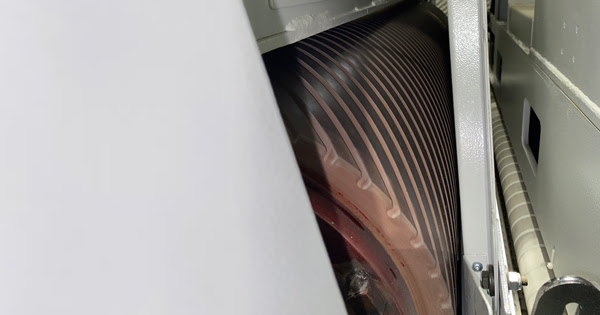
2. Roller Hardness
Your problem could also be related to the hardness of the roller. If the roller is too soft, it does not operate as aggressively as it should. The roller can remove too much wood in places where the fibre is softer and too little where it is harder. Again, whether you are using a steel or rubber roller, you need to make sure you are using the right abrasive. As a general guideline, for example, if an operator wants to remove 0.8”mm of material, it is recommended to begin by calibrating operation with 80 grit abrasive.
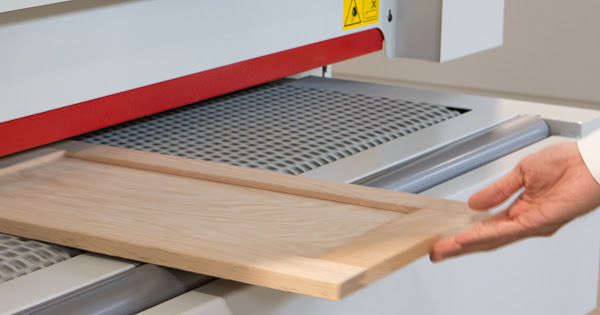
3. Conveyor Speed
Another tip is to adjust the speed of the conveyor. When you slow down the conveyor speed, you give the abrasive more time to remove material on the part.
Interested in sanding Veneer? Take a look at the recent article by Lorenzo Ricciardi titled 6 Tips for the Basics of Sanding Veneer.
If you want to see how to calibrate effectively and watch our machine in action, then play this video: 'Biesse - Viet S2 - Calibrating and Sanding Machine'.


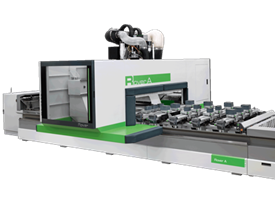
.png)
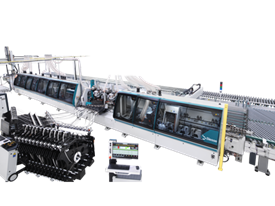
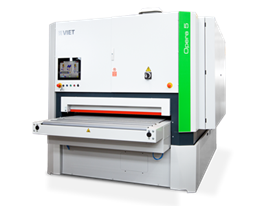
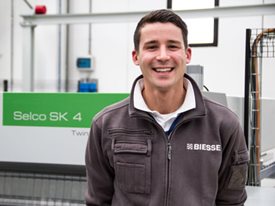
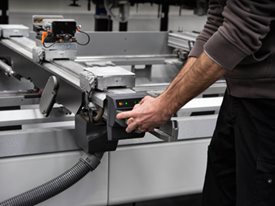

 Worldwide
Worldwide
 Italia
Italia
 United Kingdom
United Kingdom
 Россия
Россия
 France
France
 中国
中国
 Asia
Asia
 Deutschland
Deutschland
 España
España
 Schweiz
Schweiz
 North America
North America
 India
India
 Australia & New Zealand
Australia & New Zealand
 Türkiye Cumhuriyeti
Türkiye Cumhuriyeti
 Middle East
Middle East
 Brasil
Brasil
